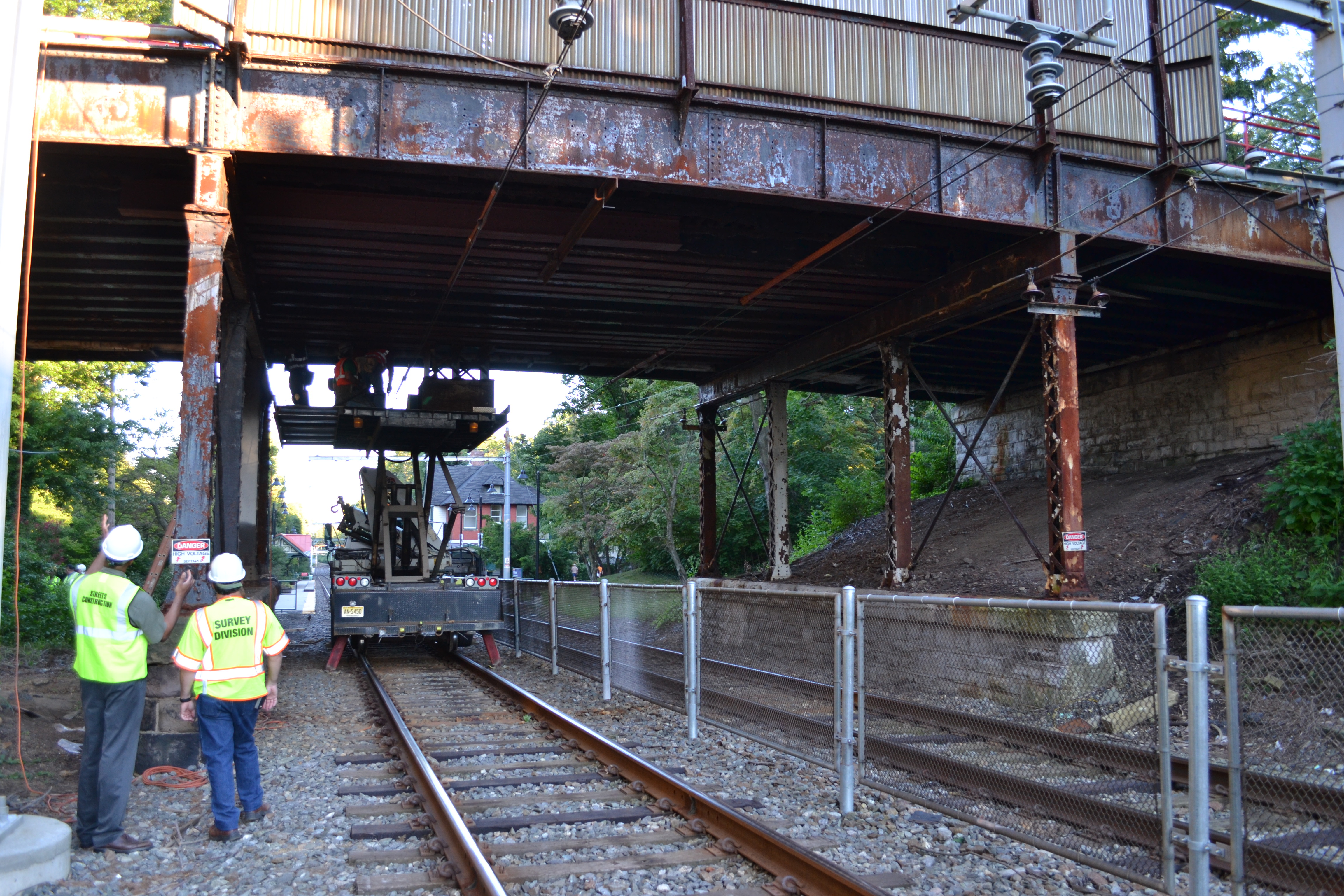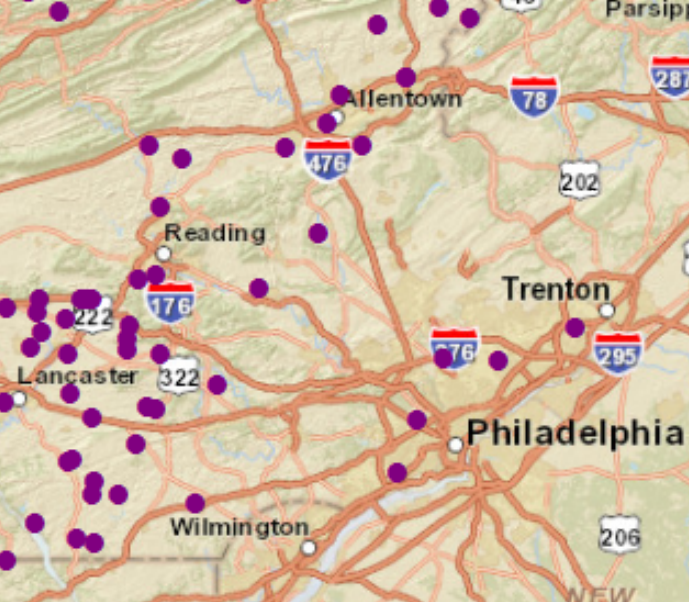P3 project to replace 558 PennDOT bridges starting this summer


Pennsylvania RBR Bridges by county map. Click on a county to view the nine local bridges that will be replaced during The Pennsylvania Rapid Bridge Replacement Project.
PennDOT has finalized the contract terms for its $899 million Rapid Bridge Replacement project with Plenary Walsh Keystone Partnership. With the legal details set and contracts signed, construction to replace 558 bridges across the Commonwealth should begin this summer.
In October 2014, PennDOT selected Plenary Walsh Keystone Partners and 11 Pennsylvania-based subcontractors to lead this private-public partnership (P3) project. PWKP is a consortium of financing and engineering firms created specifically to bid on this P3, which represents a relatively novel approach to addressing the need to replace Pennsylvania’s over 5,000 structurally deficient bridges. PWKP beat out three other partnerships that were similarly created to bid for the contract, which is the largest contract in PennDOT history.
By replacing all of these bridges at once, using one firm, PennDOT expects to realize significant efficiencies in time and spending.
According to PennDOT, the average cost of design, construction and maintenance per bridge will be $1.6 million through this P3 process, whereas costs under the traditional bridge procurement model usually top $2 million. According to PennDOT spokesman Rich Kirkpatrick, selecting a single consortium saves on PennDOT’s usual bid procurement time and allows the consortium to work on a number of bridges in close proximity to one another. As a result, “instead of taking 8 to 12 years, [the bridges] will be done in a 3-year time frame.”
Under the contract, PWKP will be paid for each bridge it rebuilds on schedule. The partnership will be responsible for maintenance of the bridges for 25 years following construction. PennDOT will retain ownership of the bridges. As part of the project, 9 bridges in Philadelphia’s surrounding suburbs will be replaced.
The cost and time savings are realized through economies of scale and the P3 project’s ability to purchase and design pieces of the bridges in bulk. The 558 bridges selected for this project are all “relatively small,” according to PennDOT spokesman Rich Kirkpatrick. “So they can be designed and constructed using similar components.” Whereas bridges are usually tailored to their surroundings, many of these bridges will be a “standard” construction.
Building a bunch of comparable small bridges at once “allows for similar design, mass production of standardized components such as beams, said Kirkpatrick. “That allows this to be done relatively quickly, instead of bidding out each of these, one at a time.”
While there are 9 projects planned for the Philadelphia suburbs, the city itself isn’t slated to have any of its bridges replaced under this project. PennDOT spokeswoman Erin Waters-Trasatt noted that Philadelphia’s state owned bridges are too heavily travelled or require too specific engineering to qualify for this program. The selected bridges “have low traffic volumes and have similar structural aspects” Waters-Trasatt said. “So, they can use similar designs.” Even though the RBR project won’t replace any Philly bridges, PennDOT is still working on a number of city bridges and overpasses and will be starting construction on others soon.*
The Rapid Bridge Replacement project was made possible by a 2012 public-private partnership law and Act 89, the gas tax hike passed in 2013 expected to provide $2.6 billion annually for Pennsylvania’s transportation infrastructure needs. The RBR project is one of the Commonwealth’s three currently ongoing P3 projects.
*This article was updated with information provided by PennDOT spokeswoman Erin Waters-Trasatt after the article was originally published.
WHYY is your source for fact-based, in-depth journalism and information. As a nonprofit organization, we rely on financial support from readers like you. Please give today.





